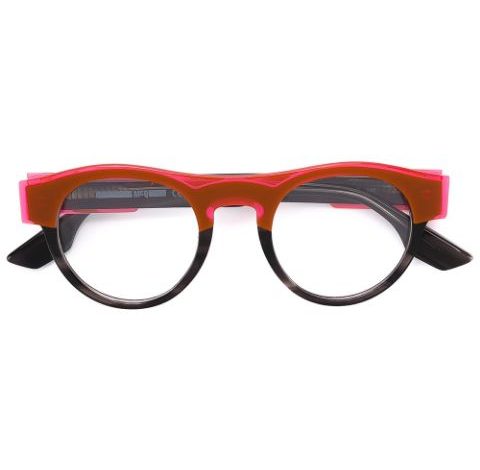“A child is taught nothing- he learns everything- and vision is the supreme mechanism a child possesses for the interpretation of his world. All other mechanisms are important for a total child, but they are all subservient to vision”-Getman.
This month I’d like to revisit children’s vision. As adults, we often take vision for granted, we see it as something we’ll always have. We see a lot of people who come in for their first ever eye exam well into adulthood. There is also a very real culture of “If I don’t know about it, then I don’t have to deal with it”. Needless to say this culture is passed down to children.
Many school-aged children struggle with learning problems, many of which are reading-related, or related to motor control, balance, and coordination. A lot of children are incorrectly diagnosed with attention deficit disorders and learning disabilities, when in fact, the problem is that they can’t see clearly, or their eyes don’t work well together. If the child can’t properly follow the lesson, they’ll find other things to do, such as playing, and disrupting the lesson.
Vision
Children’s brains need accurate visual stimuli (ie. clear vision) to develop optimally. If one eye has good vision and the other doesn’t, the brain will get “confused” and will fix this by suppressing the information from the bad eye, resulting in a lazy eye. A lazy eye (correct term is amblyopia) is not just a turned eye, your child could suffer from amblyopia even with two straight eyes. Unless the vision is corrected as soon as possible, the brain will “kill” the bad eye, resulting in uncorrectable poor vision.
Muscle Problems.
The eyes use muscles to move in any direction. The muscles that move the eyes left to right, are essential for reading. If these muscles are not working well and in synergy, following a straight line (sentence) becomes a struggle, resulting in the child avoiding reading.
It is recommended that children have their eyes examined from at least school going age (6 years). If your baby has obvious eye problems such as squints (turned eye), or a droopy lid, the condition will need to be fixed as soon as possible so that their visual system (which includes the brain) can develop optimally.
Please have the little ones checked, just once a year, or once every other year, depending on results. This will ensure optimal development.
Myopia
With the easy access to technology via computers, short sightedness has grown significantly in the world. Children now spend a lot of time looking at screens, which increases their chances of becoming myopic. It is very important to maintain a balance in yours and your child’s life, add more outdoor activities, that you can do together, without the tablets, phones and laptops.


